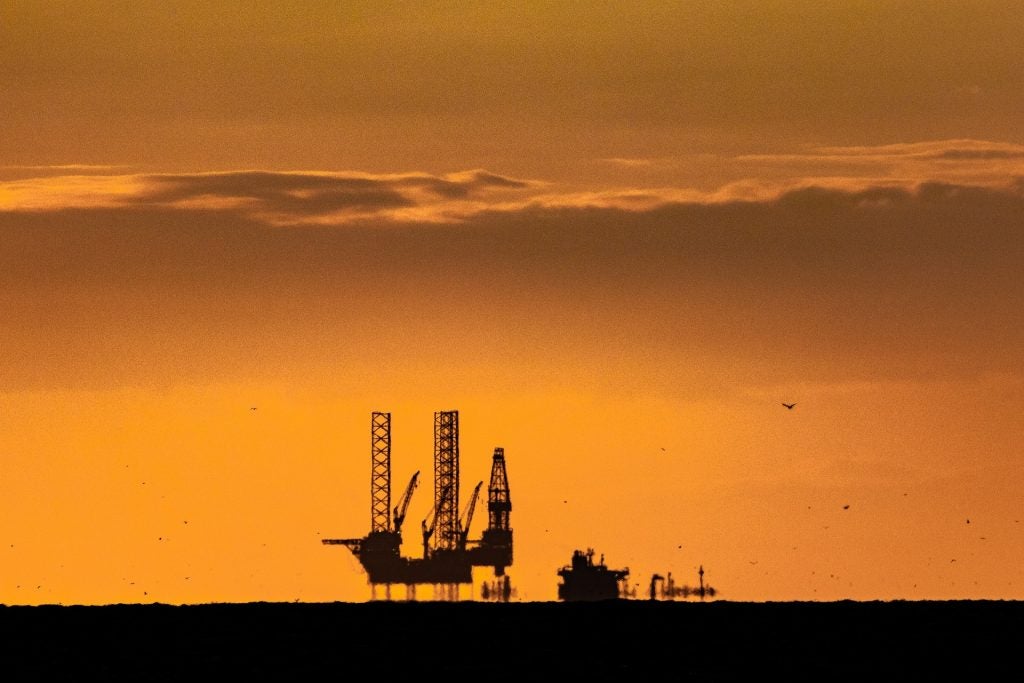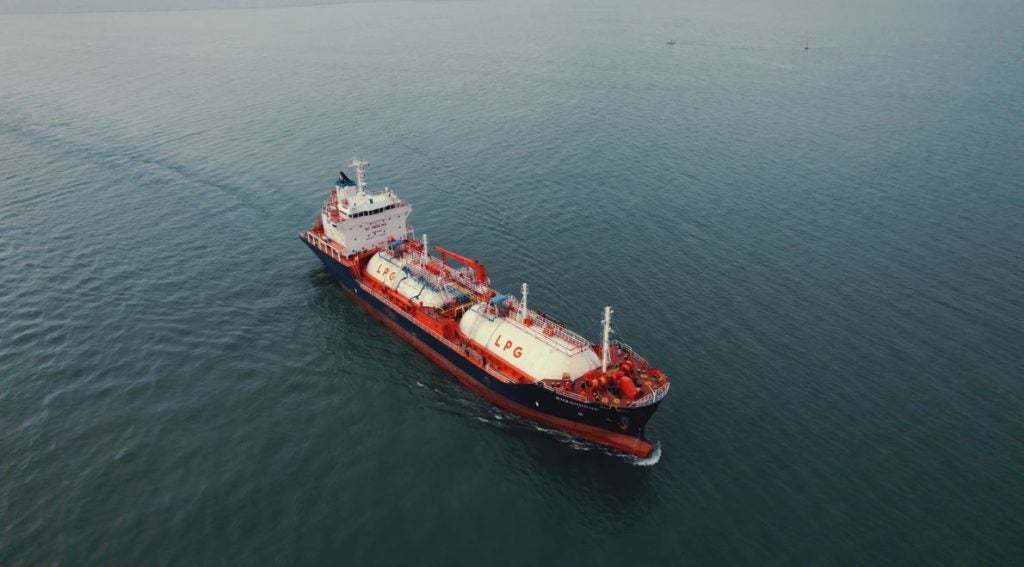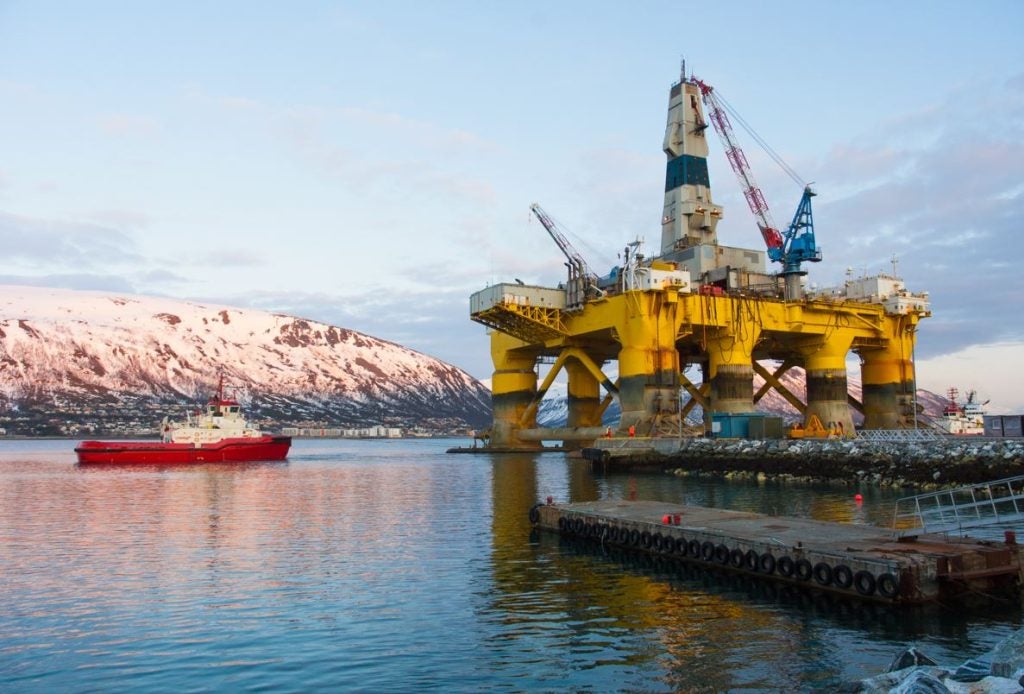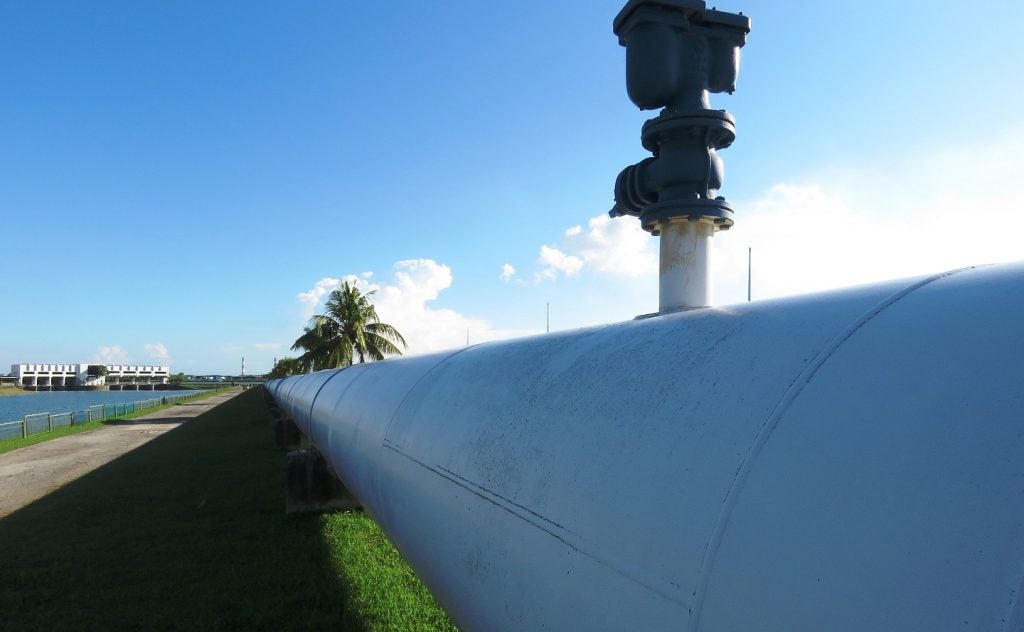A drilling rig has arrived at its destination in the Mediterranean Sea to explore oil and gas off the coast of Lebanon, Reuters has reported.
French energy company TotalEnergies leads a consortium that is due to start drilling in Block 9 in Lebanese waters close to the Israeli border this month.
The announcement follows a historic deal last year that was mediated by the US and established the first maritime border between Israeli and Lebanese waters.
Signed in October 2022, the agreement made it possible for Lebanon to explore the Kana field and pay royalties to conduct drilling operations in some of Israel's territory through the consortium led by TotalEnergies.
Lebanon’s Energy Minister Walid Fayyad, according to AP, told reporters in Beirut: “We hope that Lebanon will become an oil state.”
Fayyad added that drilling results are expected to come in two to three months.
Lebanon is hoping that the discovery of gas and oil will aid in its efforts to get the country out of the current economic and financial crisis.
Numerous cities across the country are facing blackouts, Lebanese currency has lost more than 98% of its value and its foreign reserves have depleted.
State-owned QatarEnergy and Eni, an Italian energy giant, are part of the consortium that will drill in Block 9.
In a statement, TotalEnergies said: "The Transocean Barents drilling platform is currently about 120km off the coast of Beirut, and the first helicopter that will be used to carry teams to and from the platform is currently at Rafik Hariri International Airport in Beirut.
"The arrival of the equipment marks an important step in the preparation of the drilling of the exploration well in Block 9, which will begin towards the end of August 2023," the company added.
















